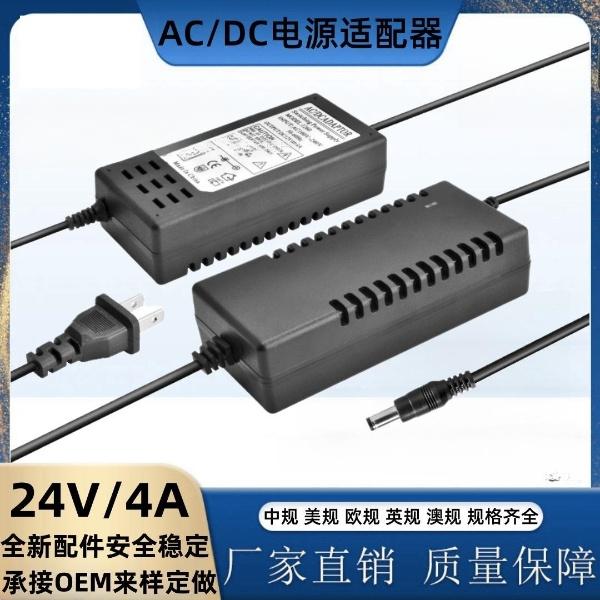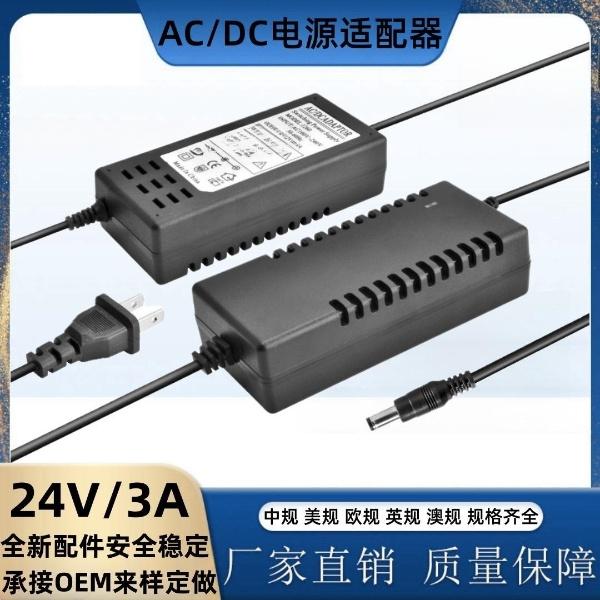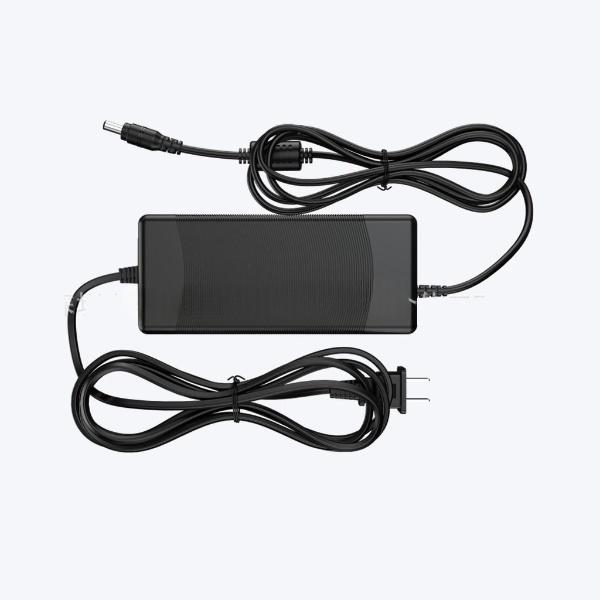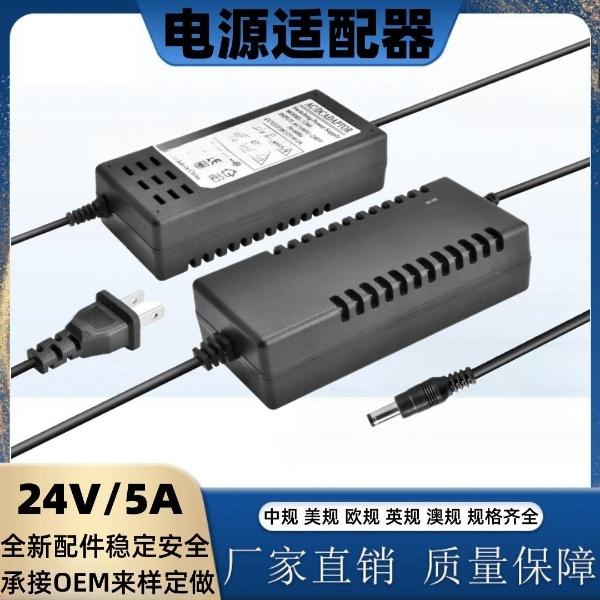This article discusses the various features of USB power adapters.
What are USB power adapters?
USB power adapters, often referred to simply as USB adapters, are devices used to convert alternating current (AC) from a power outlet into direct current (DC) suitable for powering or charging devices that use a USB connection. These adapters typically feature a USB port or ports into which you can plug USB cables to charge or power various devices, such as smartphones, tablets, digital cameras, or other electronic gadgets.
USB power adapters come in various shapes, sizes, and configurations, including wall adapters, car adapters, and multi-port charging hubs. They are commonly used for charging mobile devices, as USB has become a universal standard for charging and data transfer in consumer electronics. Additionally, USB power adapters often include safety features such as overcurrent protection, overvoltage protection, and short circuit protection to safeguard both the adapter and the connected devices.
Features of USB power adapters
USB power adapters come with a variety of features designed to enhance their functionality, safety, and convenience.
- Voltage Output. Most USB power adapters provide a standard 5V DC output, which is the voltage required by USB devices for charging and operation.
- Current Output. USB adapters come with different current ratings, typically ranging from 1A to 3A or higher. Higher current ratings allow faster charging and the ability to power devices with higher power demands.
- USB Port Types. Common USB port types found on adapters include USB-A (standard rectangular port, also known as Type-A), USB-C (smaller, reversible connector, also known as Type-C, or USB Type-C), or a combination of both.
- Multiple Ports. Many USB power adapters offer multiple USB ports, allowing you to charge or power several devices simultaneously from a single wall outlet.
- Fast Charging Support. Many modern USB power adapters support fast charging technologies such as Qualcomm Quick Charge or USB Power Delivery, which allow compatible devices to charge more quickly than with standard USB charging.
- Compact Design. USB power adapters often feature a compact and lightweight design, making them portable and easy to carry while traveling.
- Foldable Prongs. Some wall adapters come with foldable prongs that can be tucked away when not in use, reducing the risk of damage and making them more convenient for travel.
- LED Indicators. LED indicators provide visual feedback on the charging status of connected devices, indicating when charging is in progress or complete.
- Safety Features. USB power adapters may include built-in safety features such as overcurrent protection, overvoltage protection, short circuit protection, and temperature control to prevent damage to the adapter or connected devices.
- Compatibility. USB power adapters are typically compatible with a wide range of USB-powered devices, including smartphones, tablets, digital cameras, Bluetooth speakers, and more.
- Certification. Choosing USB power adapters certified by organizations like UL or CE can provide assurance of safety and quality.
Is the output of USB power adapters always 5 volts?
USB power adapters typically provide a standardized voltage output of 5 volts. This standardization allows various devices to be powered or charged using USB connections.
However, there are exceptions, particularly with newer USB standards like USB Power Delivery (USB PD). But 5 volts is still common, it's the default voltage.
Most computer USB ports supply 5 volts of electricity with a maximum current of 0.5 amps, which means the overall power output will be 2.5 watts at best. Later USB designs bring that current up to 0.9 amps.
USB uses 5 volts because it was the voltage commonly used to power computer logic in the 1960s. A higher voltage would have wasted power, and a lower voltage would not have worked.








